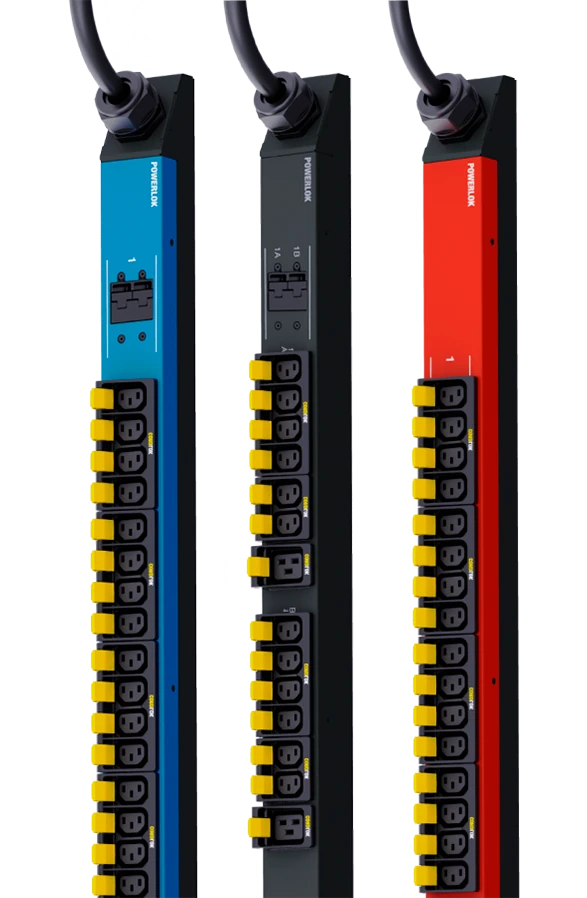AC or DC power: Which is Best for the Data Center?16 min read

As one of the biggest rock bands in the world – AC/DC – embarks on what might be their last world tour, it feels fitting to revisit that eternal question: AC or DC power, which is best for the data center?
AC vs. DC in Today’s Data Centers
AC has been the dominant choice for decades, but DC is making steady inroads, largely because of its potential energy efficiency benefits.
Power arrives from the grid as AC. Inside the data center, it is converted from AC to DC by UPS systems, then reconverted back to AC to run servers and racks. This back-and-forth process can waste up to 18% of total power before it even reaches the IT load.
There is also growing interest in high-voltage DC (HVDC) transmission to improve grid efficiency. If HVDC becomes more widely adopted, it could make sense to extend DC usage all the way into the data center. Advocates also argue DC is better suited to handling the dynamic load shifts of AI-driven workloads.
Hyperscalers at the Forefront
Much of the experimentation is happening among hyperscale providers and their power partners such as Vertiv, Schneider Electric, and Eaton. They are developing 400V, 800V, and even 1500V DC architectures, running full-stack DC simulations from utility to rack.
These approaches promise higher efficiency by eliminating AC-based UPS systems, freeing up rack space, and reducing conversion losses. In high-density environments, every percentage point matters.
Challenges to Adoption
A wholesale shift from AC to DC won’t happen overnight. The supply chain is still almost entirely geared toward AC-based infrastructure, and it will take years for components to be redesigned and mass-produced at scale. Most operators are likely to follow a phased approach: early adopters will lead, others will wait until they’ve fully maximized traditional AC systems.
Safety challenges also need to be addressed. Issues such as arc suppression and fault isolation must be solved before broad adoption. In addition, universal standards for DC use in data centers could take a decade or more to develop and ratify.
The Economics of DC
Cost is another hurdle. Implementing end-to-end DC requires significant upfront investment. That said, the potential operational savings are compelling. Estimates suggest DC can deliver 7% to 20% reductions in energy use through lower conversion losses and reduced cooling demands.
DC also supports sustainability goals. Less wasted energy means a lower carbon footprint—a critical advantage as AI workloads drive up power demand. And since wind and solar farms naturally produce DC, integrating renewable energy with a DC-powered data center becomes more seamless.
The DC Crystal Ball
Looking ahead, hyperscalers, government labs, and power/cooling vendors will likely continue to experiment with DC while most of the industry takes a wait-and-see approach.
Meta, Microsoft, and the Open Compute Project (OCP) have already advanced the Mt. Diablo Initiative, a ±400 VDC rack power distribution system adapted from EV infrastructure. It supports 1 MW racks, reduces conversion losses, and increases rack space utilization by about 3% compared to AC.
Other notable projects include the ABB/Green Datacenter high-voltage DC facility and an Eaton/Nvidia collaboration focused on 800V DC to support 1 MW racks for GPU-heavy deployments.
For the majority of operators, a phased migration path is most realistic. Expect to see isolated DC power zones for high-density workloads and perhaps a handful of DC microgrids. But given AC’s maturity, it will remain the backbone of most data centers for many years to come.
Setting the standard for rack power reliability.

PowerLok® eliminates all mechanical connections, making it 270%
less likely to fail than rack PDUs with mechanical terminations.
Setting the standard for rack power reliability.
With automated soldering from line input to each receptacle,
PowerLok® eliminates all mechanical connections, making it 270%
less likely to fail than rack PDUs with mechanical terminations.

Drew Robb
Writing and Editing Consultant and Contractor
0 Comments